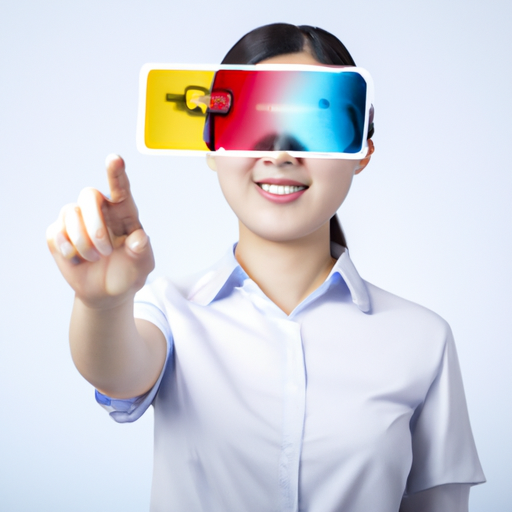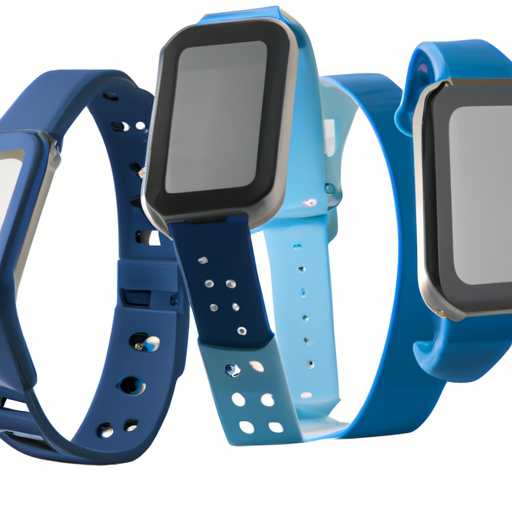In recent years, the healthcare industry has experienced a profound transformation due to the advent of digital health solutions. This evolution has redefined how patients and healthcare providers interact, paving the way for improved efficiency and accessibility.
What are Digital Health Solutions?
Digital health solutions encompass a wide range of technologies designed to enhance healthcare delivery. These include:
- Telemedicine: Virtual consultations that allow patients to connect with healthcare providers from the comfort of their homes.
- Health Apps: Mobile applications that assist individuals in managing their health, tracking fitness goals, and maintaining medication schedules.
- Remote Patient Monitoring: Using devices to collect and send patient data to healthcare professionals in real time.
Benefits of Digital Health Solutions
The integration of digital health solutions into healthcare systems offers numerous benefits:
- Increased Access: Patients in remote or underserved areas can access healthcare services without the need for long-distance travel.
- Cost-Effectiveness: Technology can significantly reduce healthcare costs by cutting down on administrative burdens and unnecessary hospital visits.
- Timely Interventions: Immediate access to medical advice can lead to quicker diagnoses and treatment plans, ultimately improving patient outcomes.
Challenges Faced by Digital Health Solutions
While the benefits are substantial, the deployment of digital health solutions also presents challenges:
- Data Privacy: Protecting sensitive patient information is paramount, necessitating robust cybersecurity measures.
- Technology Adoption: Not all patients and providers are comfortable with technology, leading to disparities in usage.
- Regulatory Hurdles: Compliance with health regulations can slow down the implementation of new technologies.
The Future of Digital Health Solutions
As technology continues to evolve, the future of digital health solutions looks promising. Innovations in artificial intelligence, machine learning, and data analytics are set to enhance personalized medicine further, ensuring that healthcare becomes more proactive rather than reactive.
Ultimately, embracing digital health solutions not only improves healthcare efficiency and accessibility but also revolutionizes the patient experience. As we move into this new era of healthcare, it’s essential to continue advocating for integration and acceptance of these technologies across the board.
Conclusion
Digital health solutions represent a significant leap forward in our ability to deliver effective and efficient healthcare. By addressing the challenges and continuing to foster innovation, we can create a healthcare landscape that is more equitable, effective, and patient-centered.













